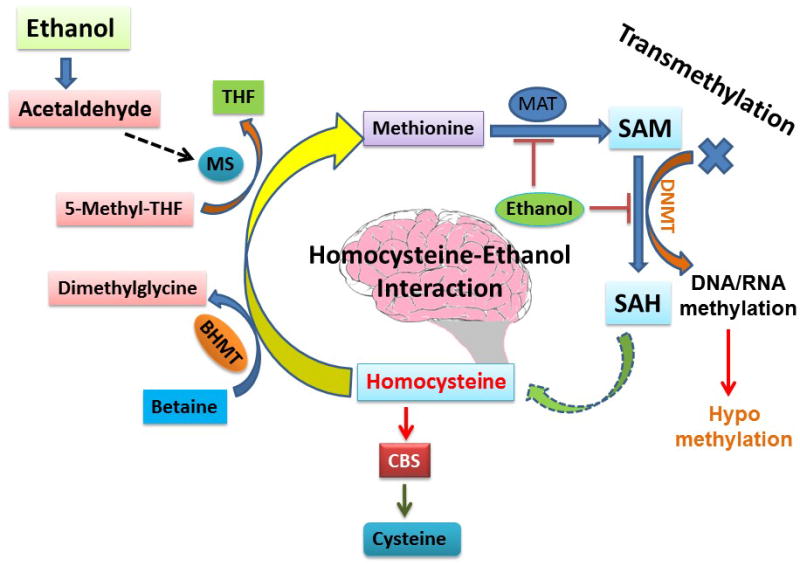Figure 1. Interaction of Alcohol and Folic acid pathways.

Acetaldehyde, the end product of ethanol, interacts with methionine synthase (MS), which is responsible for the conversion of Hcy to methionine. One of the possible reasons for HHcy during alcohol exposure may be due to inhibition of the enzyme MS by ethanol; then Hcy is not converted into methionine and thus leads to the condition of HHcy. On the other hand, other pathways such as transmethylation pathways may also be affected by the inhibition of MS and may cause abrupt disturbance of S-adenosyl methionine (SAM) and S-Adenosyl-L-homocysteine (SAH). SAM to SAH conversion is controlled by DNA methyltransferase (DNMT). If the pathway disturbed, the transmethylation process also gets disturbed. On the other hand, high Hcy also causes the low expression of CBS, an antioxidant enzyme in the brain which maintains the redox system. In this way, ethanol can cause HHcy and thus affect the transmethylation pathway, redox system, and impair brain function.
